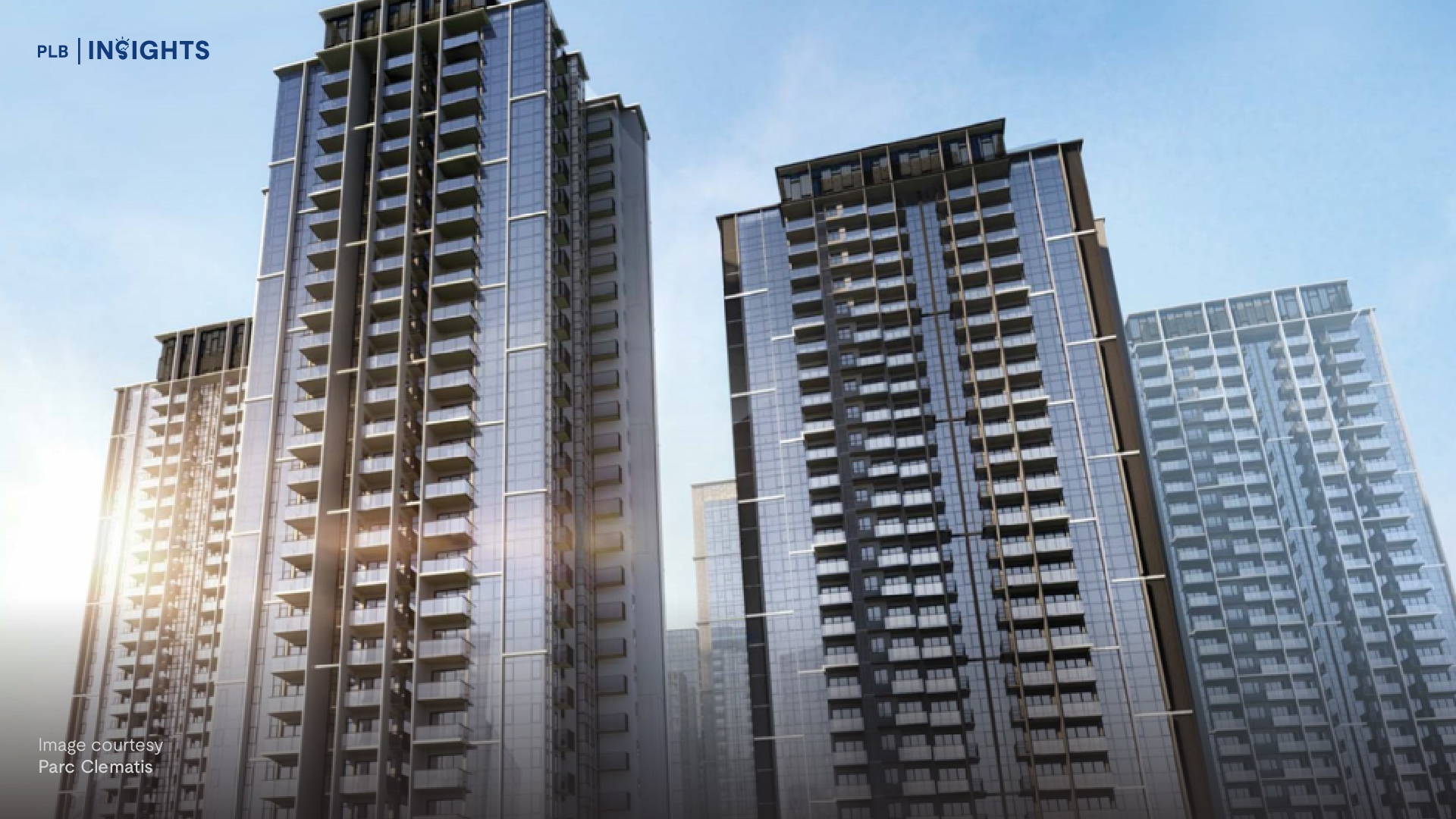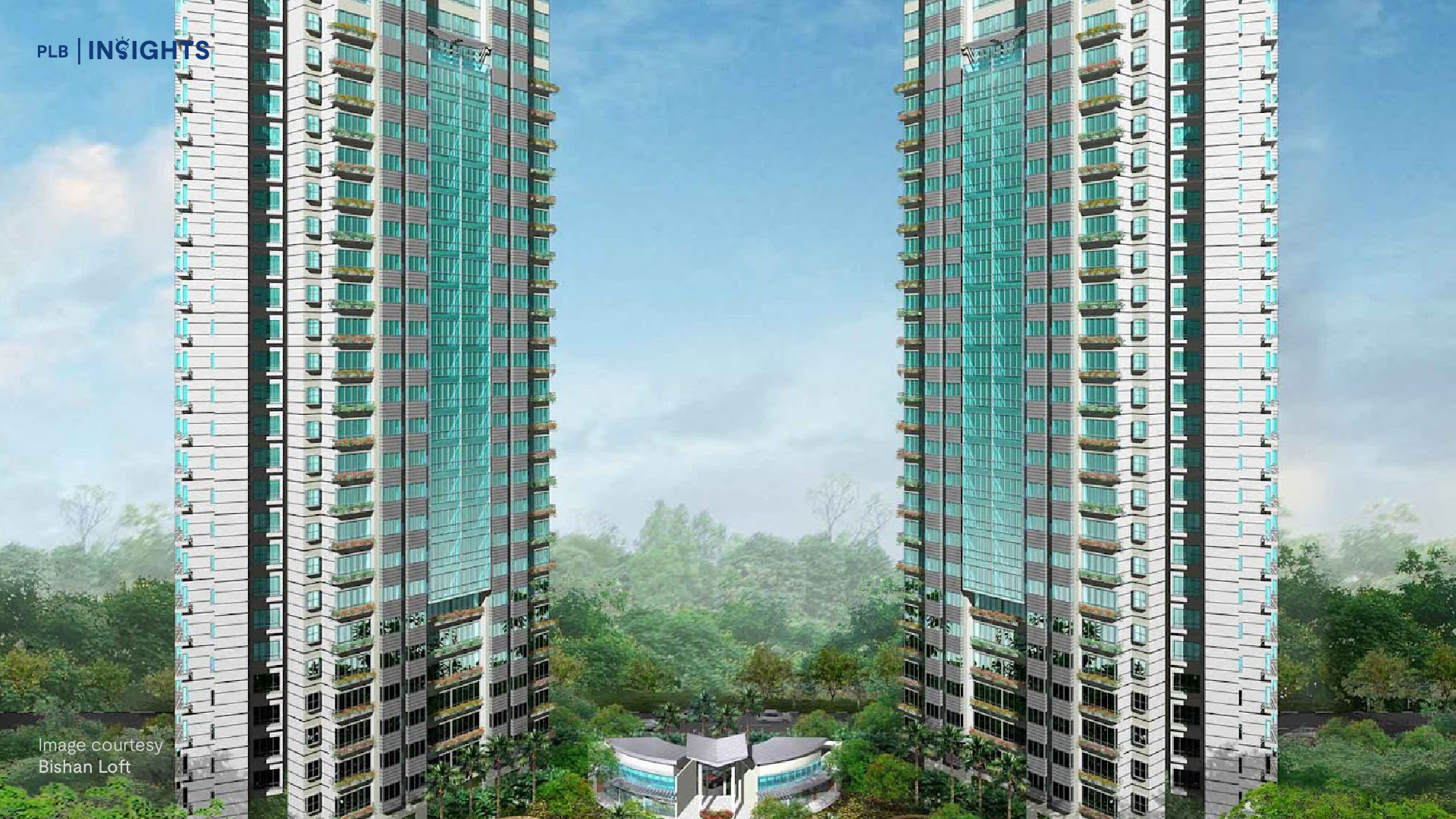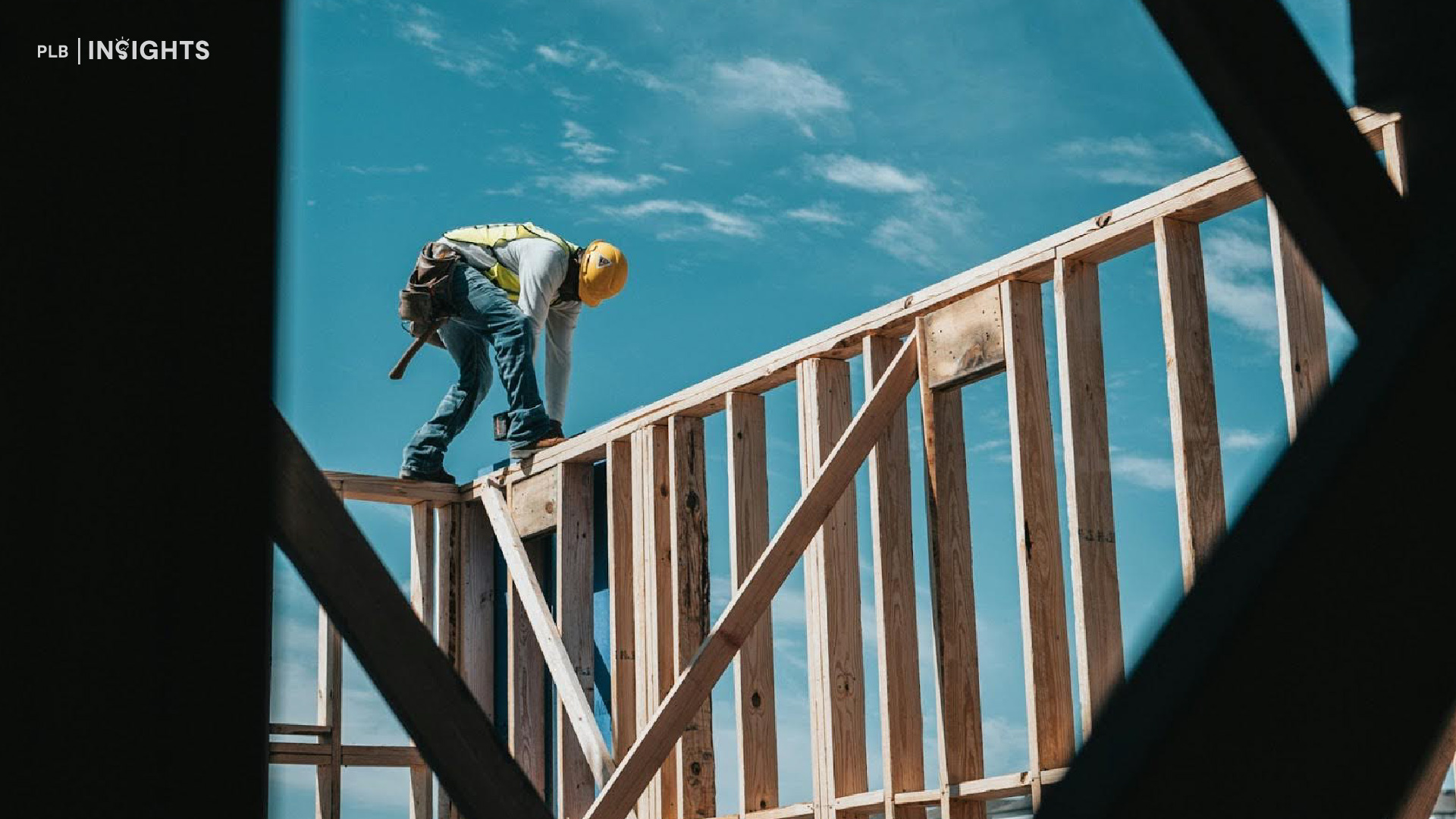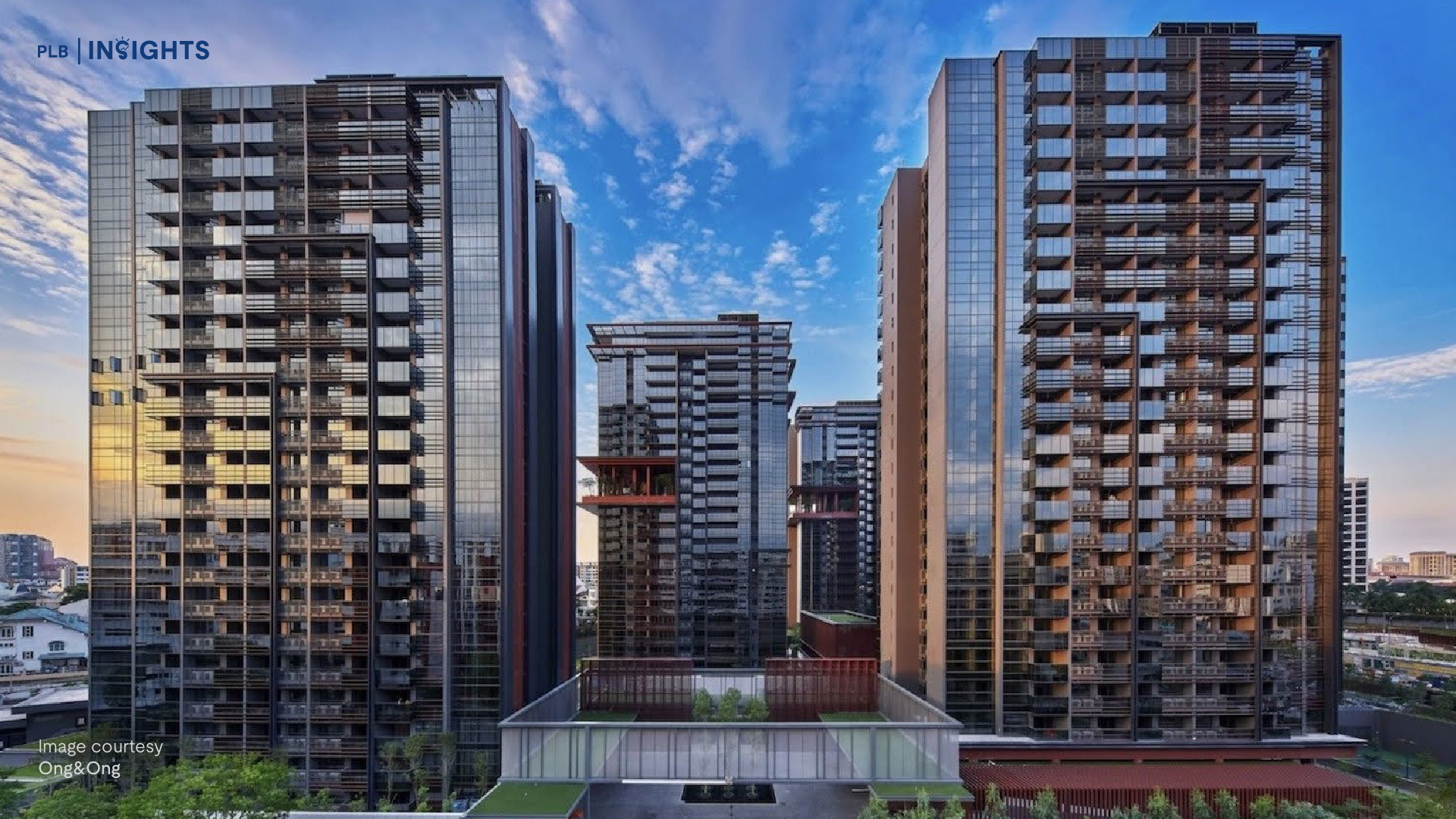
Singapore’s private property market saw a significant rebound in November 2024, driven by consecutive project launches, pent-up demand, and improved consumer sentiment. Recent data released by the Urban Redevelopment Authority (URA) showed that developers sold 2,892 new private homes—a sharp 269% increase year-on-year (y-o-y) from 784 units transacted in November 2023. This surge underscores the resilience of the market, which had faced earlier headwinds from economic uncertainty and cooling measures.
On the public housing front, resale HDB prices across Singapore saw a 2.9% quarter-on-quarter (q-o-q) increase in Q3 2024, largely driven by a surge in transaction volumes. Compared to the same quarter last year, the number of resale HDB flats sold in Q3 2024 increased by 20%, with 8,035 units changing hands. A record 747 million-dollar HDB resale transactions were also sold in the first nine months of 2024, far surpassing the 463 transactions recorded for the whole of 2023.

Historically, the Singapore government has taken a proactive approach to ensure sustainable property price growth. The latest measures saw Additional Buyer’s Stamp Duty (ABSD) for foreign buyers double to 60% in April 2023, and tighter Loan-to-Value (LTV) limits for HDB loans in August 2024. Therefore, this surge in activity raises the question: Will the government introduce more cooling measures?
Strong Performance in Private Non-Landed & HDB Resale Segments
Private Non-Landed

The strong performance in the private non-landed market was largely driven by several high-profile launches that captured significant buyer interest. Key contributors included Chuan Park with 916 units launched and 79% sold, and Emerald of Katong, which saw a stellar take-up rate of 99% for its 846 units. Other notable launches like Nava Grove (382 units sold, 69% of the project) also added substantial transaction volumes, while the executive condominium Novo Place (289 units sold, 57% of the project) and Union Square (101 units sold, 28% of the project) played an important supporting role.
The robust demand for Emerald of Katong had a spillover effect on nearby projects, boosting interest and sales. The Continuum, for example, recorded 131 units sold in the month, accounting for 16% of the project, while Tembusu Grand saw 53 units sold, representing 8% of its total. Together, these projects contributed close to 80% of all transactions for the month, reflecting strong buyer confidence and sustained demand for both new launches and developments in prime locations.
Another factor that contributed to the strong sales performance in November 2024 is the period of subdued activity earlier in the year that created pent-up demand, as many buyers re-entered the market before prices moved further upward.
Resale HDB
The rise in transaction activity and price growth in the HDB resale market can be attributed to strong demand and a limited supply of newly MOP flats this year. Faster price increases earlier in the year may have created urgency among buyers in Q3, especially with fewer listings in certain towns. Demand for larger flats, such as 4- and 5-room units, and flats with leases starting from 2013 also drove prices up. Additionally, HDB upgraders priced out of the private market may have shifted their focus to resale flats, further boosting demand.
Another possible factor leading to the surge in prices and transaction volumes could be the introduction of the new HDB BTO classification framework that started in October 2024’s BTO launch. Plus and Prime flats in choicer locations will come with a 10-year Minimum Occupation Period (MOP), and discerning buyers may be hesitant to commit to the longer MOP. Additionally, concerns about the $14,000 income ceiling for resale buyers limiting future demand could push more people toward choosing resale HDB flats that do not come with these restrictions instead. If this trend continues, resale HDB prices are likely to continue rising.
Potential Cooling Measures On The Horizon?
With transaction volumes and prices in both the public and private market segments showing renewed strength, policymakers may keep a close watch on key indicators such as price growth rates, sales volumes, and foreign demand. A sustained spike in these metrics could prompt further government interventions to prevent overheating.
A recent Business Times (BT) opinion piece discussed the plausibility of introducing a new round of ABSD revision to target Singapore Citizens (SCs) and Permanent Residents (PRs) buying their first homes with rates of 5% and 10% respectively on homes that sell for more than $1 million. Historically, since the ABSD was introduced in 2011, SCs purchasing their first homes have been exempted.

In the article, BT gave five reasons why introducing ABSD for first-timer SCs could be justified. We find that these two reasons make the strongest case for it.
Firstly, a targeted ABSD on HDB resale flats exceeding $1 million could help cool the HDB resale market, where such flats have seen increasing demand in the past year. By imposing higher transaction taxes, buyers may negotiate lower prices for choice units or avoid them altogether. This measure could ensure fairness as ABSD will only be applied to more affluent households who are purchasing these >$1 million HDB resale flats, while over 90% of HDB resale transactions would remain unaffected. Furthermore, these profits from these heavily subsidised million-dollar flats would contribute back to state revenue, and be allocated in other areas such as healthcare.
However, this proposal requires closer examinations, particularly as it seeks to temper the rising demand for these high-value flats. While this measure is expected to dissuade some buyers from competing for such premium units or to compel negotiations for lower prices, it could inadvertently penalise genuine first-time buyers or families seeking larger homes due to growing needs. So, this raises the questions about the broader policy objective. Are million-dollar HDB flats inherently indicative of excessive wealth or are they simply the result of rising market valuations driven by location, scarcity, or unique features? By disproportionately impacting a specific segment, the ABSD risks alienating aspirational homeowners while failing to address the underlying causes of rising property prices. Such targeted ABSD could also shift demand to other segments, such as lower-priced resale flats, and therefore causing ripple effects that create new affordability concerns in the affected segments.
An effective strategy would combine targeted interventions like ABSD with initiatives to enhance overall housing supply, address structural inequities, and sustain long-term affordability.
Secondly, in the private property market, applying a 5% ABSD for first-time homebuyers would moderate demand, especially for new launch projects purchased under progressive payment schemes. The higher upfront tax would increase the cash commitment required, discouraging speculative activity such as sub-sales before project completion. Additionally, buyers transitioning from HDB flats may find their purchasing power constrained, softening demand and prices across both public and private markets. It also discourages buyers from viewing private properties as short-term investment vehicles and promotes consideration of long-term property ownership.
While this could be effective to curb speculative demand and cool the market, it would send ripple effects to all segments of the market. Introducing ABSD to first-timer SCs would reduce the effectiveness of property portfolio strategies like decoupling or “saving names” for investment properties, due to the increased initial cash outlay–although a 5% ABSD tax is still substantially lower than the 20% imposed on second properties.
In addition, such targeted ABSD may once again end up punishing genuine homebuyers alongside speculators, and risks perpetuating the perception that private housing remains a privilege reserved for the wealthy.
There have also been calls for government intervention in terms of how resale HDB sellers price and list their flats, on the back of record highs such as the 5-room SkyOasis @ Dawson flat that sold for $1.73M. One idea that stood out was to set a price ceiling or price cap against official HDB valuations instead of letting market forces determine pricing. While this idea has been floated around for awhile now, the reason why it is problematic and difficult to implement is because of the ripple effects to other segments. If a price cap is set, current HDB sellers would likely choose to hold instead of selling, which would push demand over to the private property market instead and cause a surge in pricing. And those priced out of the private property market would be left with no other choice than to go for BTO flats, which can cause a surge in application rates as well, potentially pushing out families who might be more in need.
In addition, setting a price ceiling–much like the classic example from Economics class– often paves the way for unofficial or under-the-table transactions, where buyers or tenants pay additional fees to secure housing. This, once again, favours wealthier or more connected individuals who can offer additional incentives, further marginalising those who need affordable housing the most. Instead of promoting fairness, price ceilings risk exacerbating inequalities within the housing market.
As a result, such complexity highlights the importance of careful and well-calibrated policy-making decisions in Singapore’s property market.
What Lies Ahead
The strong sales recorded by developers in November 2024 have reignited market chatter about the potential for new government cooling measures to curb the surge in market sentiment. While the speculation is understandable given Singapore’s history of proactive market intervention, it may be premature to assume such measures are imminent.
In fact, the current property landscape already reflects signs of “cooling” through natural adjustments driven by supply-side policies. The government’s heightened focus on land supply, as evidenced by the robust Government Land Sales (GLS) programme, is steadily introducing more residential plots to the market. Concurrently, the ramp-up in public housing projects aims to alleviate demand pressure in both the HDB and private housing markets.
These proactive steps demonstrate the government’s strategic approach to tempering price growth and ensuring long-term housing affordability without the immediate need for additional cooling measures. As supply pipelines strengthen and more homes are delivered, the property market may naturally stabilise, allowing demand and prices to adjust organically.
For property buyers, investors, and homeowners, this evolving landscape highlights the importance of staying informed and strategically positioning themselves. Whether it’s evaluating new launch opportunities or considering resale properties, understanding the broader market dynamics is key to making sound decisions.
As the market continues to evolve, the real test will lie in how effectively supply-side measures can balance demand without disrupting buyer confidence or market momentum. While the government remains vigilant, the current trajectory suggests that the focus is on sustainable growth rather than abrupt interventions—at least for now.
However, if property prices continue to rise at an unsustainable rate, additional cooling measures may become inevitable. While taxing first-time homebuyers may seem controversial, it undoubtedly tempers excessive demand, stabilises prices, and bolsters fiscal revenues. That is why introducing ABSD for first-time homebuyers purchasing a property above $1 million may be among the options the government considers to maintain market stability and affordability over the long term.
Let’s get in touch
If you’re navigating Singapore’s evolving property market and want expert guidance to make informed decisions, we are here to help. Whether you’re buying your first home, upgrading, or investing, our team of experienced consultants can provide tailored advice and strategies to maximise your opportunities in today’s dynamic landscape. Let us guide you through every step of your property journey—connect with us here today!







